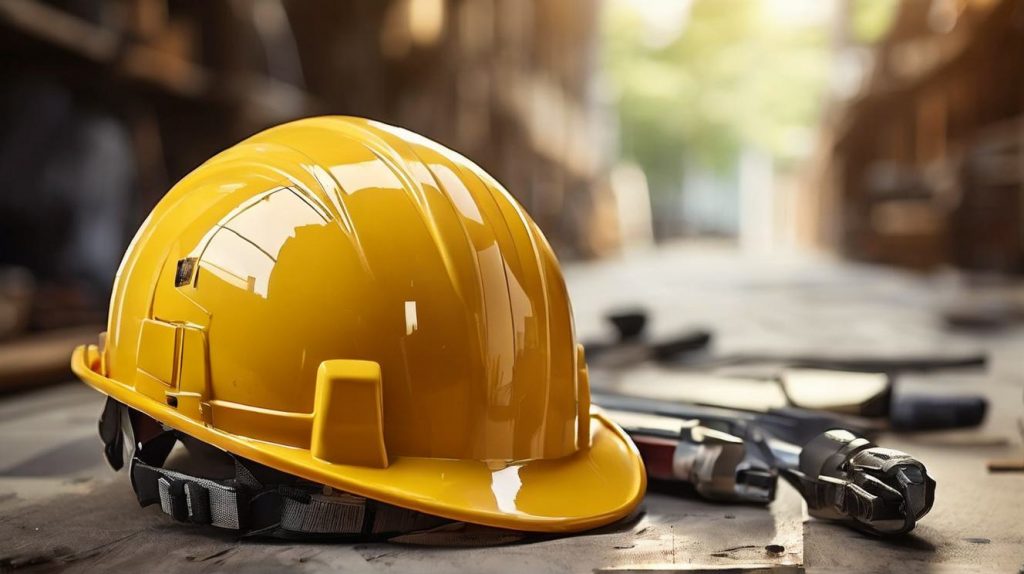
10 Common Construction Mistakes and How to Avoid Them
Construction projects require meticulous planning and execution to ensure success. However, even with careful preparation, mistakes can occur, leading to costly repairs, delays, or safety issues. By identifying common construction errors and taking proactive steps, you can minimize risks and achieve better outcomes. Here are 10 frequent construction mistakes and practical advice to avoid them.
Common Construction Errors
One of the most frequent errors in construction is poor site preparation. Failing to assess soil conditions or ignoring environmental factors can lead to unstable foundations and structural issues. Another common mistake is using substandard materials, which compromise the building’s integrity. Both issues highlight the importance of planning and adhering to quality standards from the outset.
Mistakes to Avoid in Construction
Ignoring design specifications is a critical error that often leads to structural problems. For example, failing to adhere to load-bearing calculations or substituting materials without consulting an engineer can have disastrous consequences. Overlooking local building codes is another common mistake that can result in legal complications or project shutdowns.
Construction Troubleshooting Tips
When issues arise during construction, timely troubleshooting is essential. For instance, if cracks appear in concrete, inspect the mixture, curing process, and environmental conditions. For misaligned walls or features, reassess the initial layout and adjust accordingly. Clear communication among project stakeholders ensures problems are addressed promptly and effectively.
Avoiding Costly Construction Mistakes
Cost overruns are often the result of inadequate budgeting or unforeseen delays. To avoid this, create a detailed budget with a contingency fund to cover unexpected expenses. Conduct regular progress reviews and ensure the construction schedule is realistic to minimize the risk of rushing and costly rework.
Common Building Issues and Fixes
Water intrusion is a common problem in construction, often caused by inadequate waterproofing or drainage. To address this, use high-quality waterproofing materials and design proper drainage systems. Poor ventilation is another frequent issue that can lead to mold or moisture buildup. Install appropriate HVAC systems and ensure airflow is factored into the building design.
Tips for Error-Free Construction
Planning is the foundation of error-free construction. Begin with a comprehensive blueprint and involve experienced professionals at every stage. Use technology, such as Building Information Modeling (BIM), to identify and resolve potential issues during the design phase. Regular training for workers can also improve accuracy and reduce errors.

Reducing Construction Site Errors
On-site errors often result from a lack of oversight or insufficient training. Appoint a dedicated site supervisor to monitor progress and enforce quality standards. Implement a system of regular inspections and encourage open communication to identify and correct errors early.
Top Construction Pitfalls to Avoid
Over-reliance on unskilled labor is a significant pitfall in construction. While it may reduce upfront costs, it increases the likelihood of errors and long-term expenses. Another common pitfall is neglecting safety measures, which can lead to accidents and legal liabilities. Investing in skilled labor and enforcing safety protocols are essential to successful projects.
Fixing Common Building Mistakes
When mistakes occur, swift action can prevent further complications. For instance, if a wall is out of alignment, assess whether it requires minor adjustments or complete reconstruction. For electrical or plumbing issues, consult licensed professionals to ensure the problem is resolved safely and effectively.
Construction Project Quality Control
Quality control is a critical aspect of construction. Regularly inspect materials and workmanship to ensure they meet project specifications. Maintain detailed records of inspections, tests, and approvals to track progress and address any discrepancies. A strong focus on quality control reduces errors and ensures the project meets safety and performance standards.
In conclusion, understanding and addressing common construction mistakes is key to delivering successful projects. By prioritizing planning, quality control, and communication, you can minimize errors and achieve your construction goals efficiently. Proactive measures and attention to detail are the cornerstones of effective and error-free construction.